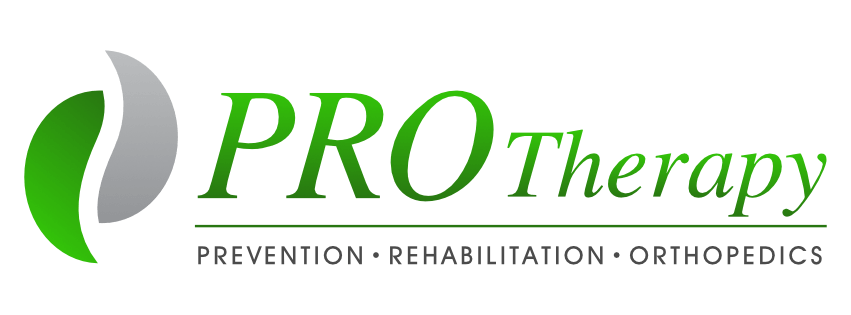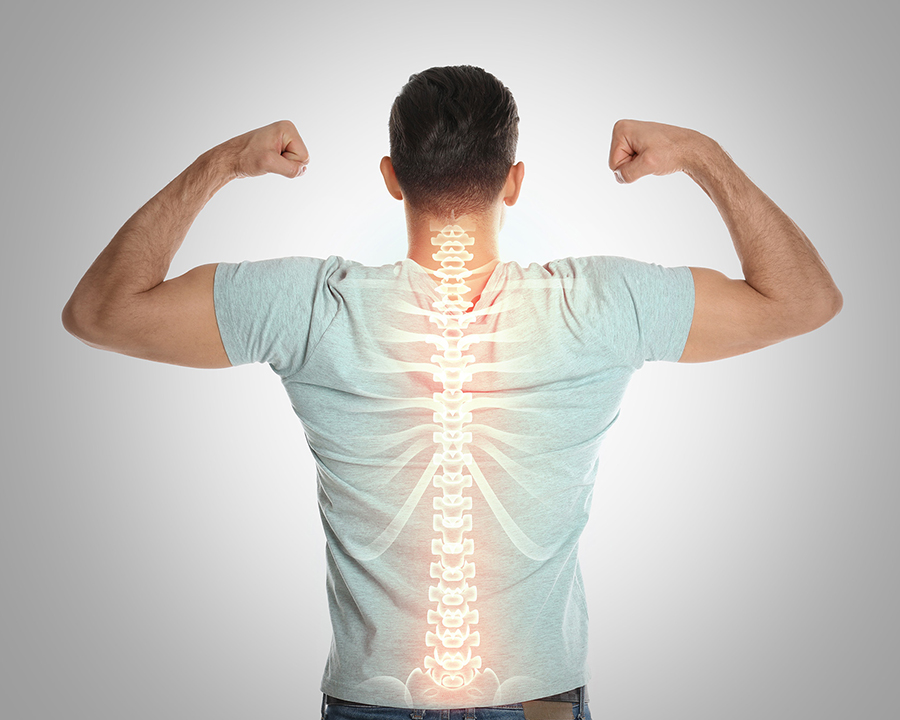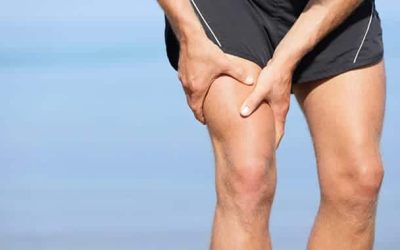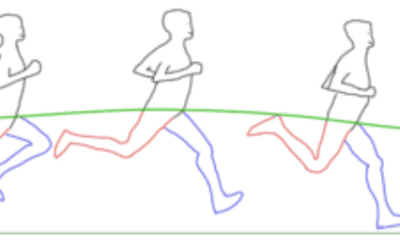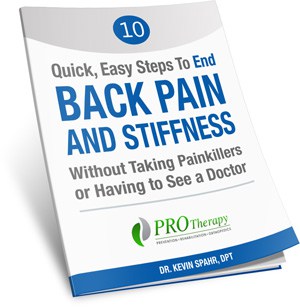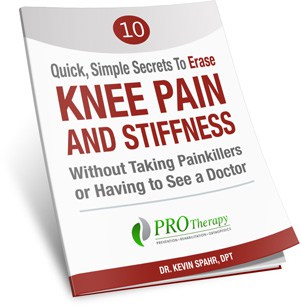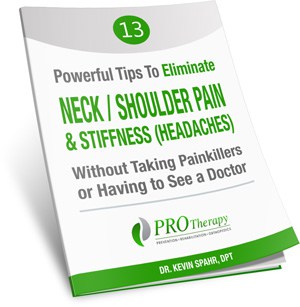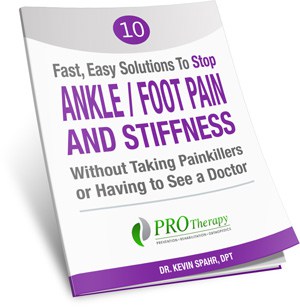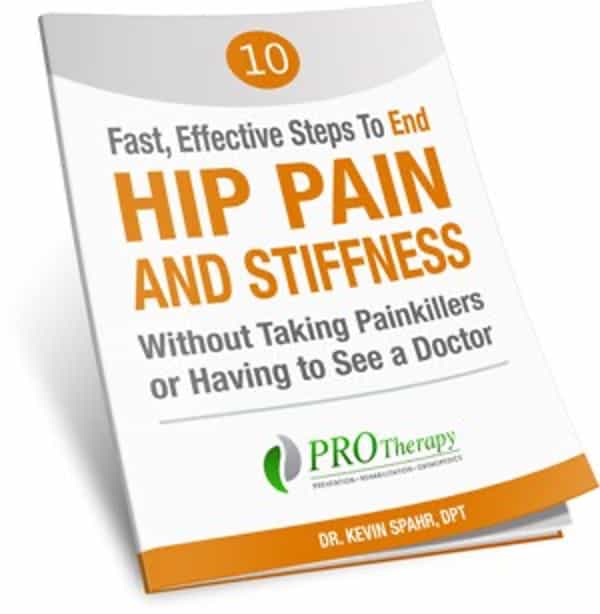Your Core is The Unsung Hero of Back Health, and for Many People it’s the Root Cause for Many of the Back Problems We Encounter as We Grow Older.
When it comes to back pain, many people focus on the back itself. However, the root of the problem often lies in a much deeper area: your core. A strong core helps with maintaining good posture, preventing injuries, and alleviating back pain.
A strong core is essential for everyday activities, from bending over to pick something up to maintaining good posture. It acts as a stabilizing center, allowing your limbs to move freely and efficiently. Imagine your core as the trunk of a tree, providing a solid foundation for the branches (your arms and legs) to extend.
What is your core?
Your core is often misunderstood as simply your abdominal muscles. However, it’s a complex network of muscles that extends beyond your stomach area. Think of it as the powerhouse of your body, encompassing muscles in your back, pelvis, and hips. These muscles work together to provide stability, balance, and support for your entire body.
Beyond physical performance, a strong core contributes to overall well-being. It helps prevent injuries, improves balance, and even enhances your breathing and digestion. By understanding the importance of your core and incorporating targeted exercises into your routine, you can reap the benefits of a stronger, healthier body.
Why is Core Strength Important for Back Health?
A strong core is essential for maintaining proper posture and spinal alignment. When your core muscles are weak, your back compensates, leading to strain and potential pain. A robust core acts as a natural shock absorber, reducing the impact on your spine during everyday activities. This can significantly alleviate back pain and prevent flare-ups.
Beyond pain relief, a strong core is crucial for injury prevention. It provides stability and support to your back, reducing the risk of strains, sprains, and other musculoskeletal issues. Furthermore, a well-developed core enhances overall performance in various activities. Whether you’re an athlete or simply looking to improve your daily life, a strong core contributes to better balance, coordination, and endurance.
How Can You Strengthen Your Core?
Incorporating core exercises into your routine is crucial for building strength and stability.
- Plank: This versatile exercise targets multiple core muscles. To make it more challenging, try a forearm plank or side plank.
- Crunches: Focus on engaging your core, not pulling with your neck. For a variation, try bicycle crunches or reverse crunches.
- Leg Raises: These target the lower abdominal muscles. For added difficulty, keep your legs straight and perform leg circles.
- Bridge: This exercise works your glutes and hamstrings in addition to your core. Try lifting one leg at a time for increased challenge.
- Bird Dog: This exercise improves balance and core stability. Focus on keeping your back flat and engaging your core as you extend your arm and leg.
- Pelvic Tilt: This simple exercise helps strengthen the deep core muscles. Lie on your back with knees bent and feet flat on the floor. Gently tilt your pelvis towards your belly button and hold.
Additional Core Strengthening Tips
To maximize your core workout, aim to engage in core exercises two to three times a week. It’s crucial to maintain proper form during these exercises to prevent injuries and ensure optimal results. As your core strength improves, gradually increase the challenge of your workouts to continue building strength.
To target all the muscles in your core, it’s essential to incorporate a variety of exercises into your routine. Avoid sticking to the same few exercises.
Consistent practice is key to building a strong core. Regular exercise will yield better results than sporadic workouts.
Listen to your Body and Avoid Overexertion
If you experience any pain, stop the exercise and consult with a healthcare professional. It’s important to consult with a physical therapist to develop a core strengthening program tailored to your specific needs and fitness level.
Consistency is key when building core strength. Even small amounts of exercise regularly can make a significant difference in your back health.
By prioritizing core strength, you’re investing in long-term back health and overall well-being. If you’re experiencing back pain, don’t hesitate to consult with a physical therapist to assess your core strength and develop a personalized treatment plan.
Regular exercise is a cornerstone of effective back pain management. It helps strengthen the muscles supporting your spine, improves flexibility, and enhances overall well-being. Let’s explore different types of exercises that can alleviate back pain:
Exercises to Improve Back Health
We’ve already touched on the importance of core strength. Exercises like planks, crunches, leg raises, and bridges are essential for stabilizing your spine and so is flexibility and stretching.
Flexibility refers to the range of motion in your joints. It’s essential for maintaining mobility, preventing injuries, and improving overall performance. Tight muscles can contribute to back pain, so incorporating stretching into your routine is crucial.
Stretching helps increase flexibility by lengthening your muscles. There are two main types of stretches: static and dynamic. Static stretches involve holding a stretch for a period, while dynamic stretches involve moving parts of your body. Both types are beneficial, but it’s generally recommended to perform static stretches after a workout when your muscles are warm.
Common stretches for back pain relief include hamstring stretches, hip flexor stretches, and spinal twists. Remember to listen to your body and avoid bouncing or forcing yourself into a stretch. Hold each stretch for about 30 seconds, and repeat on both sides. Consistent stretching will gradually improve your flexibility and reduce muscle tension.
Aerobic Exercise for Back Pain Management
Aerobic exercise, often called cardio, is beneficial for overall health and can be a valuable tool in managing back pain. It helps improve cardiovascular health, which means more oxygen-rich blood reaches your muscles, including those in your back. This enhanced blood flow aids in healing and reduces inflammation. Additionally, regular aerobic exercise can help you maintain a healthy weight, which reduces stress on your back.
Low-impact aerobic activities are particularly suitable for individuals with back pain. Swimming is an excellent choice as the water supports your body weight, reducing pressure on your spine. Walking, cycling, and using an elliptical machine are also effective options. These activities help strengthen the muscles supporting your back without putting excessive strain on your joints.
Remember to start slowly and gradually increase the intensity and duration of your aerobic workouts. Listen to your body and stop if you experience any pain. Consistency is key, so aim for at least 30 minutes of moderate-intensity aerobic exercise most days of the week. Combining aerobic exercise with strength training and stretching will yield optimal results in managing back pain.
General Exercise Guidelines
Before embarking on any new exercise regimen, especially if you’re dealing with back pain, it’s crucial to consult with your healthcare provider. They can assess your condition and provide tailored advice. Starting slowly is essential to avoid aggravating your back.
Begin with gentle exercises and gradually increase the intensity and duration as your strength and flexibility improve.
Listening to your body is paramount and it’s important to pay attention to any pain signals. If an exercise causes discomfort, stop and modify it or try an alternative, because pushing through pain can worsen your condition. Consistency is key when it comes to exercise, and regular physical activity is more beneficial than sporadic intense workouts. Aim for a balanced approach that includes strength training, flexibility, and aerobic exercise for optimal back pain management.
Remember, exercise should be enjoyable. Find activities you like and make them a part of your lifestyle. Consider joining a fitness class or finding a workout buddy to stay motivated. With patience and persistence, you can significantly improve your back health and overall well-being through exercise.
While exercise is crucial for managing back pain, it’s essential to find the right balance. Overexertion can worsen symptoms.
By combining core strengthening, flexibility exercises, and low-impact activities, you can significantly improve your back health and reduce pain. If you’re unsure where to start, consider consulting with a physical therapist for a personalized exercise plan.
Additional Blogs by PRO Therapy
Physical Therapy Programs for ACL Tear Recovery (And Prevention)
What Is The Graston Technique?
- Just Been in a Car Accident? Here’s What You Need to Know About Recovery - June 27, 2025
- How to Avoid Low Back Pain While Golfing - June 23, 2025
- Post-Accident Recovery: The Role of Shockwave Therapy - May 12, 2025
